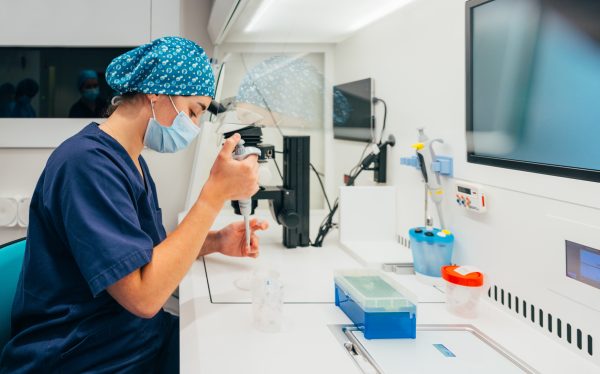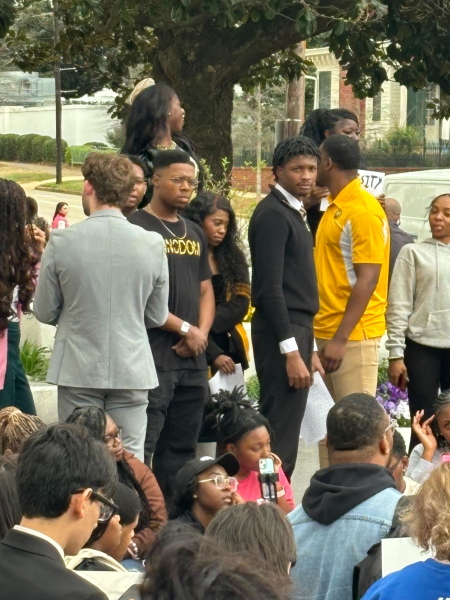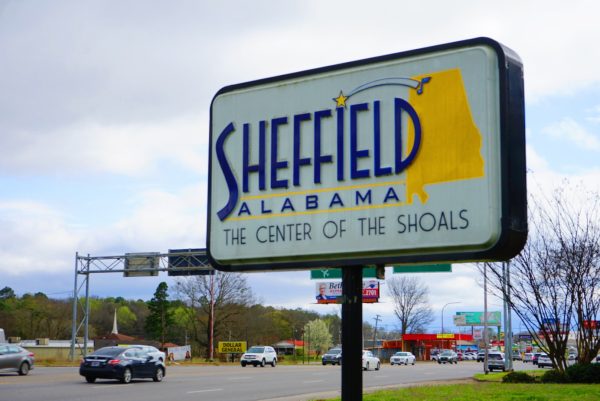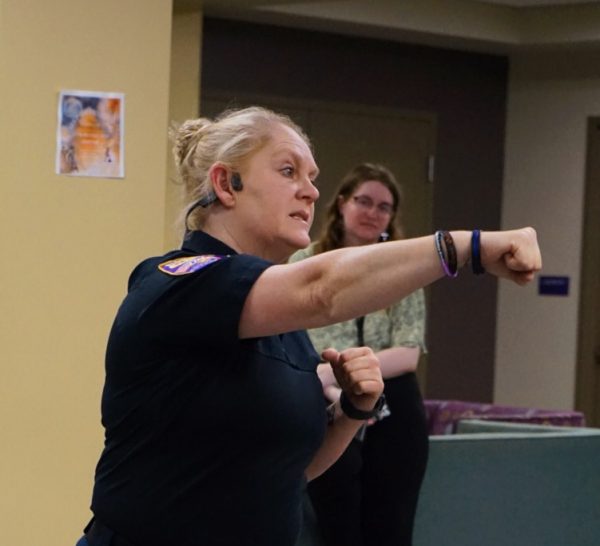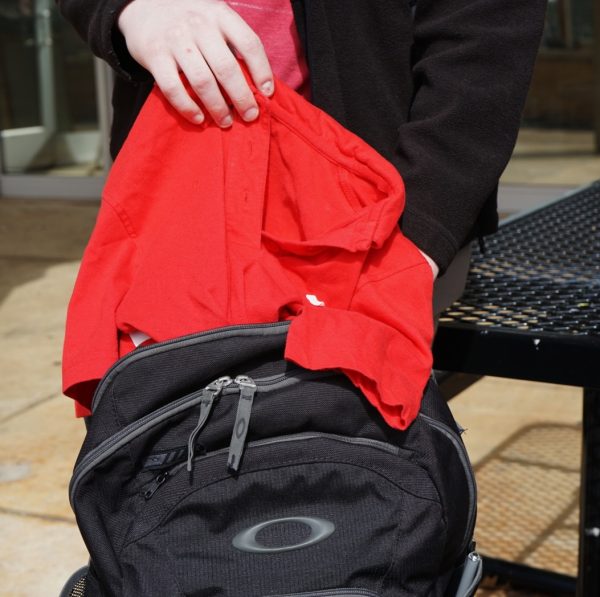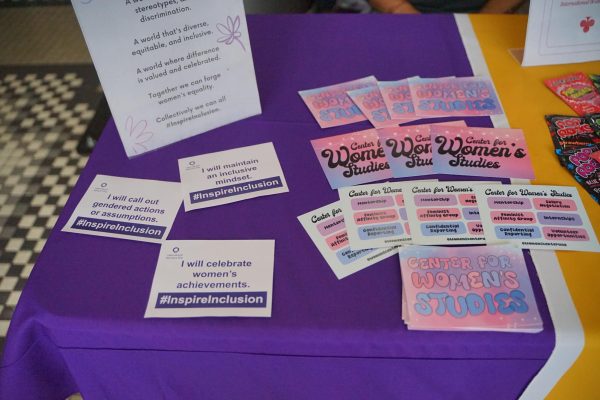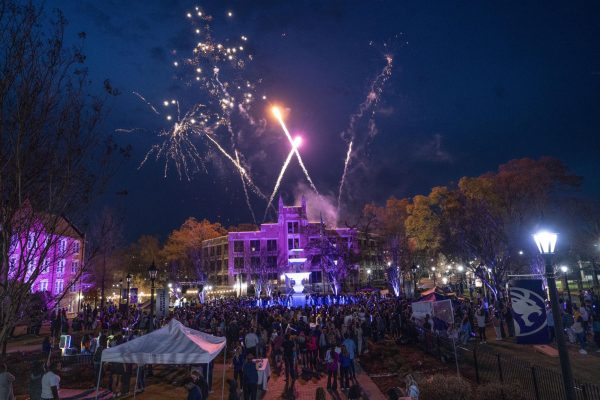Officials set to begin construction on new commons, science buildings
June 6, 2012
Starting this upcoming fall semester, construction of a new science building and a commons area on UNA’s campus will begin. The commons area should be complete in 12 to 15 months, and the science building should be complete in one to two years.
“Upcoming freshmen should be able to use (these) areas, but they will be sophomores or juniors before we finish them both,” said UNA President William Cale.
The Academic and Student Commons Area’s construction will start in mid-to-late summer, and the Science and Technology Building’s construction will begin in 18 to 24 months.
The commons area will be built between Rogers Hall and the Raburn wing of Keller Hall, while the science building will be just north of Kilby School and along Pine Street. The science building will be able to be reached by going under the bridge in front of the LaGrange residence hall.
The new commons area will have two floors with a variety of vendors for students. The first floor will have a Chik-Fil-A, a Listerhill Credit Union, a campus bookstore and a coffee shop, while the second floor will include the UNA Center for Writing Excellence, a math tutoring center, some classrooms and staff offices.
Cale said he wants students to have a convenient place with a variety of uses.
The new science building will house new classrooms and new labs for the staff and students.
“(I’m) looking forward to having cutting-edge equipment and facilities for students,” said Brenda Webb, chair of the physics and earth science department. “(An) important concept at new building is a place for students to meet and interact in casual group settings.”
Webb said the new science building will house all science courses available at UNA for all students, and that the incoming freshman should be able to use the space before they graduate.
Cale said the Floyd Science Building, which was built in the early 1960s, has many issues, and he hopes the new science building will significantly improve the students’ learning environment.
“Every decision we make is directed to make the university better, and these buildings are just one example,” Cale said.


